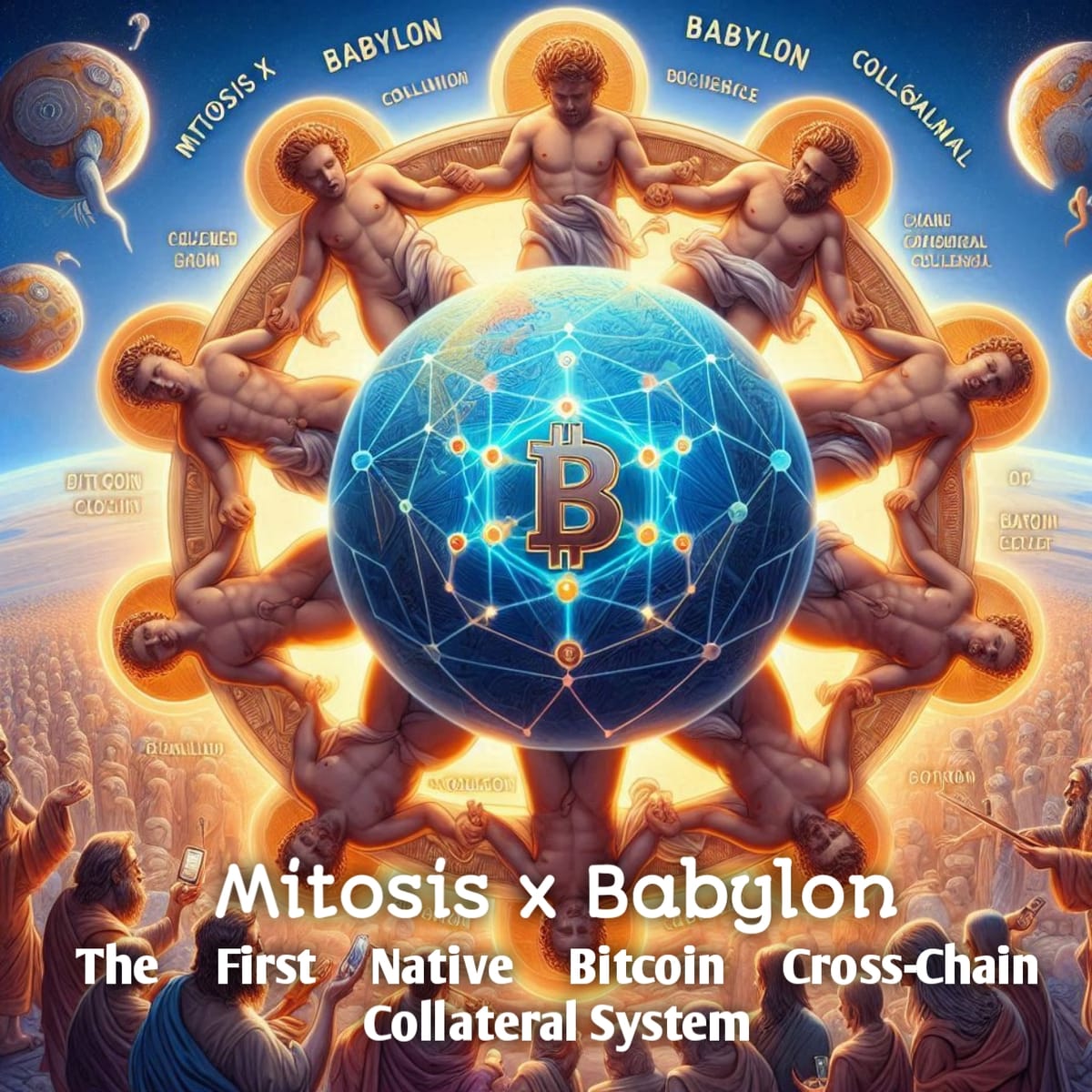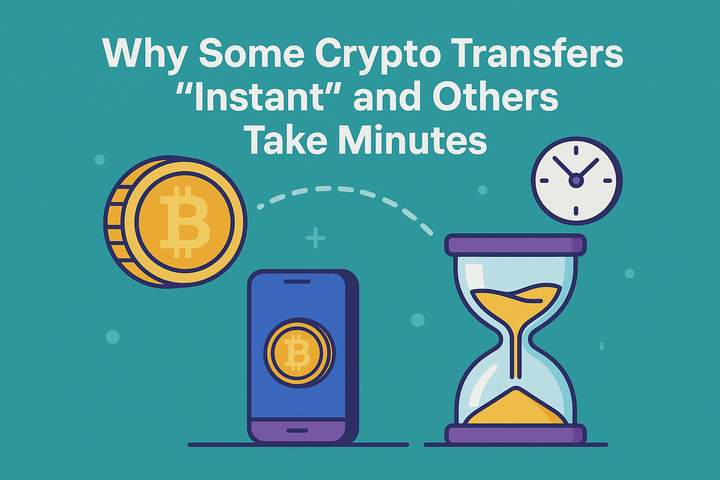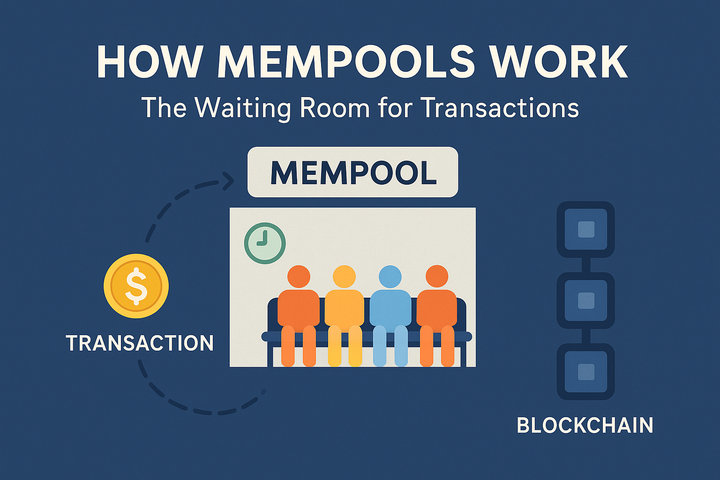Mitosis x Babylon: The First Native Bitcoin Cross-Chain Collateral System

How Bitcoin Timestamping Enables Trustless Omnichain Borrowing
Introduction: Bitcoin Finally Enters DeFi
For years, Bitcoin's $1.3 trillion market cap remained largely isolated from DeFi due to its lack of smart contracts. Mitosis and Babylon are changing this through a groundbreaking integration that allows native BTC (not wrapped versions) to collateralize loans across 8+ chains—without bridges or custodians.
💡 Why This Matters:Unlocks Bitcoin's dormant liquidity for omnichain borrowing/lendingEliminates bridge risks (no more $2B+ hacks like Poly Network)Pioneers timestamp-based security instead of smart contract dependencies
How It Works: Bitcoin Timestamping Meets MPC
1. Babylon’s Bitcoin Staking Protocol
- Proof-of-Stake on Bitcoin: Users "stake" BTC by locking it in time-locked UTXOs
- Timestamping: Bitcoin’s blockchain acts as a decentralized clock to verify:
- Collateral existence
- Lock duration
- Slashing conditions
// Simplified BTC Lock Verification
function verifyBitcoinLock(
bytes calldata bitcoinBlockHeader,
bytes calldata merkleProof
) external returns (bool) {
// Checks BTC block header contains the lock transaction
// Verifies merkle proof of the lock UTXO
return true;
}
2. Mitosis’ Cross-Chain Engine
- MPC Validators: Monitor Bitcoin’s chain via light clients
- Dynamic Minting: Issues miBTC (1:1 Bitcoin-backed asset) only after:
- BTC lock is timestamped on Bitcoin
- Validators reach 2/3 consensus
Step-by-Step: Using BTC as Cross-Chain Collateral
Scenario: Alice borrows SOL against her Bitcoin
- Lock BTC
- Alice sends 1 BTC to a Babylon time-locked address (24h unlock period)
- Bitcoin block #840,000 confirms the transaction
- Mint miBTC
- Mitosis validators verify the Bitcoin lock
- 1 miBTC is minted on Mitosis Chain
- Borrow SOL
- Alice deposits miBTC into a Solana lending pool
- Borrows 50 SOL (50% LTV) against her BTC
- Repay or Liquidate
- If SOL drops 40%, the position liquidates:
- miBTC burns → Babylon releases BTC to liquidator
- No Ethereum/Bitcoin bridge required
- If SOL drops 40%, the position liquidates:
Comparative Advantage
vs Wrapped BTC (WBTC)
| Metric | WBTC | Mitosis/Babylon |
|---|---|---|
| Trust Model | Centralized custodian | Decentralized Bitcoin timestamps |
| Security | $2B+ bridge hacks | Slashing via Bitcoin’s PoW |
| Yield Potential | 1-3% (Ethereum-only) | 5-8% (omnichain deployment) |
vs. Bitcoin L2s (Stacks, RSK)
- No New Token: Uses native BTC (not sBTC or RBTC)
- Broader Utility: Collateral works across EVM, Cosmos, Solana
Risk Management Framework
Triple-Layered Security
- Bitcoin’s Finality: Reorg-resistant timestamping (10+ block confirmations)
- MPC Validation: 2/3 validator consensus for miBTC minting
- Overcollateralization: 150% minimum LTV for volatile assets
Liquidation Protections
- Circuit Breakers: Pauses liquidations during Bitcoin mempool congestion
- Grace Periods: 6h window to top up collateral after price dips
Future Roadmap
- Lightning Network Integration: Instant BTC-backed micropayments
- ZK Proofs of Reserves: Private verification of collateral health
- Institutional Vaults: KYC-compliant pools for hedge funds
Conclusion: Bitcoin as DeFi’s Ultimate Reserve Asset
The Mitosis-Babylon integration achieves what wrapped tokens couldn’t:
✅ True self-custody: No third-party controls your BTC
✅ Chain-agnostic utility: Use BTC on Ethereum, Solana, Cosmos
✅ Institutional-grade security: Bitcoin’s PoW + MPC cryptography
This isn’t just another Bitcoin DeFi project—it’s the first trustless bridge between Bitcoin’s liquidity and omnichain borrowing markets.
"We’re not wrapping Bitcoin—we’re unleashing it."
— Mitosis Core Team, 2024



Comments ()